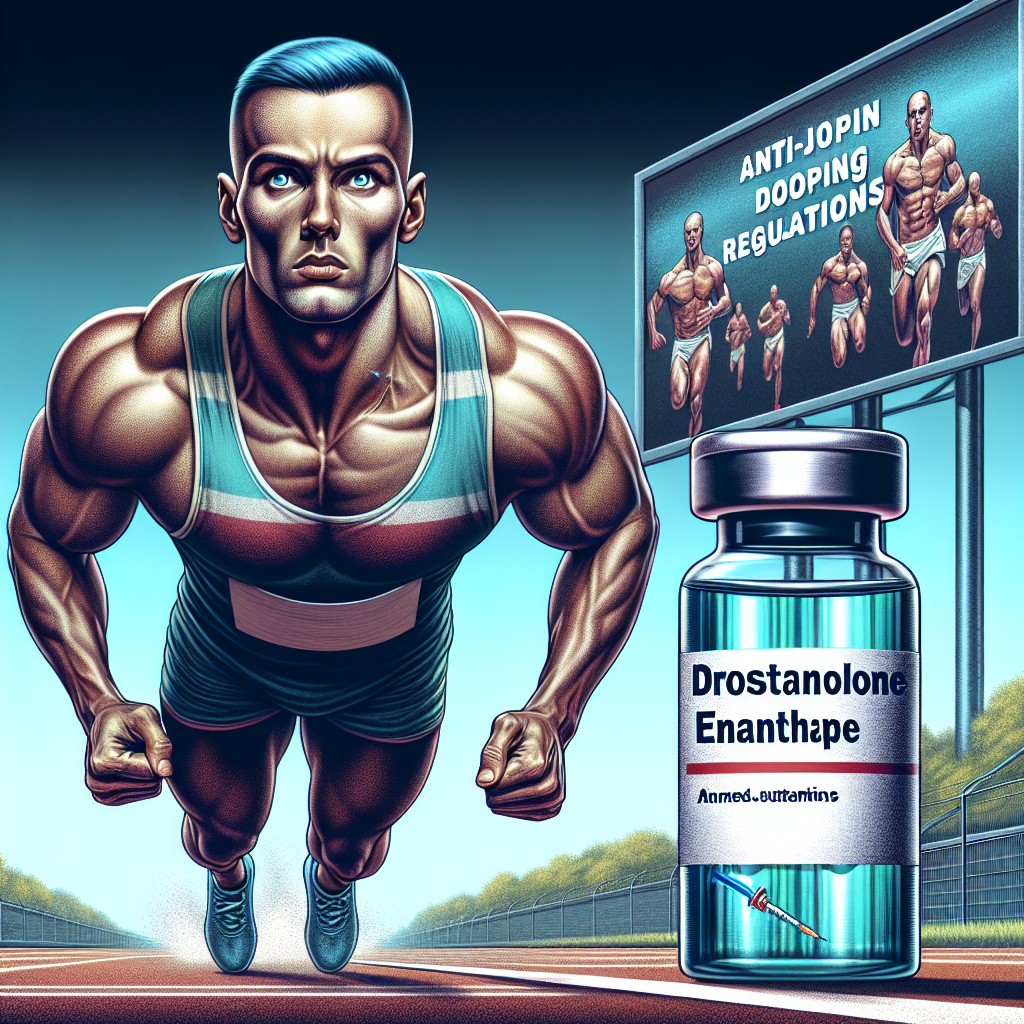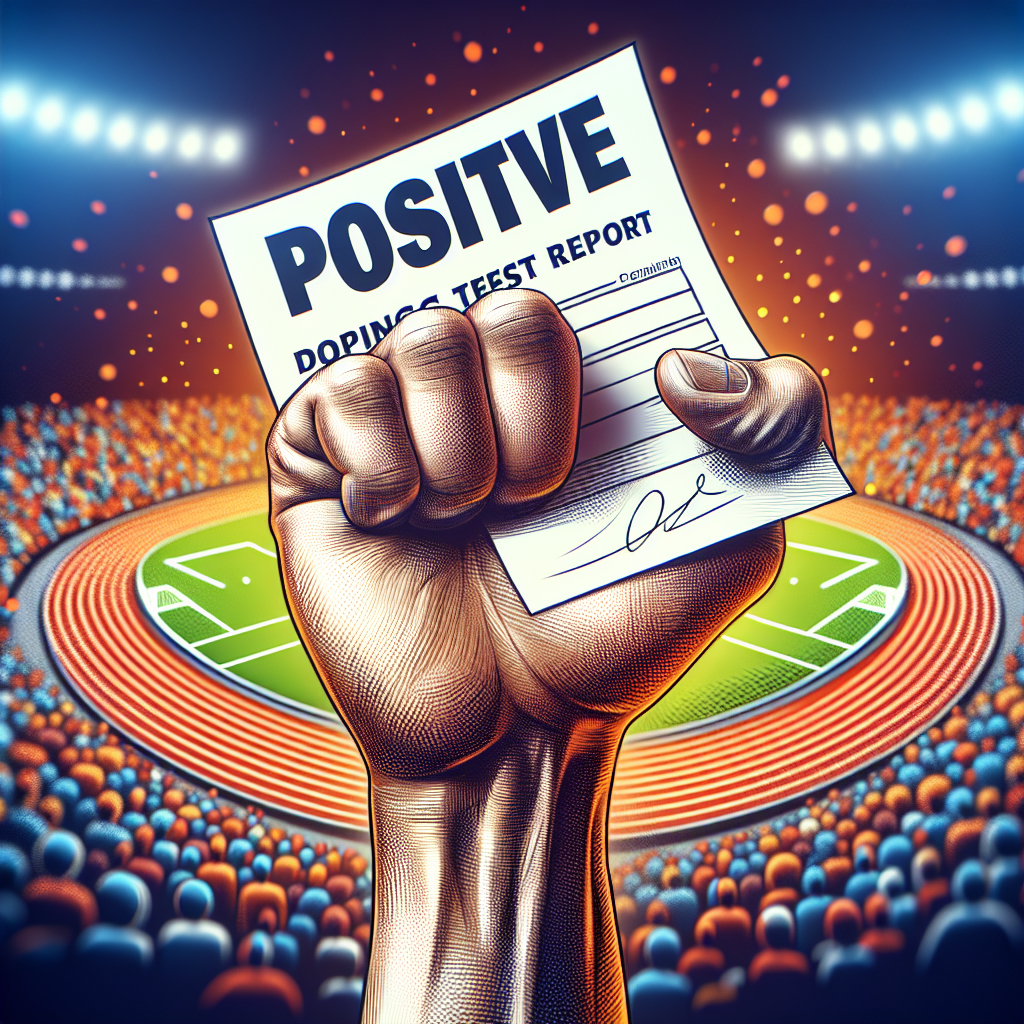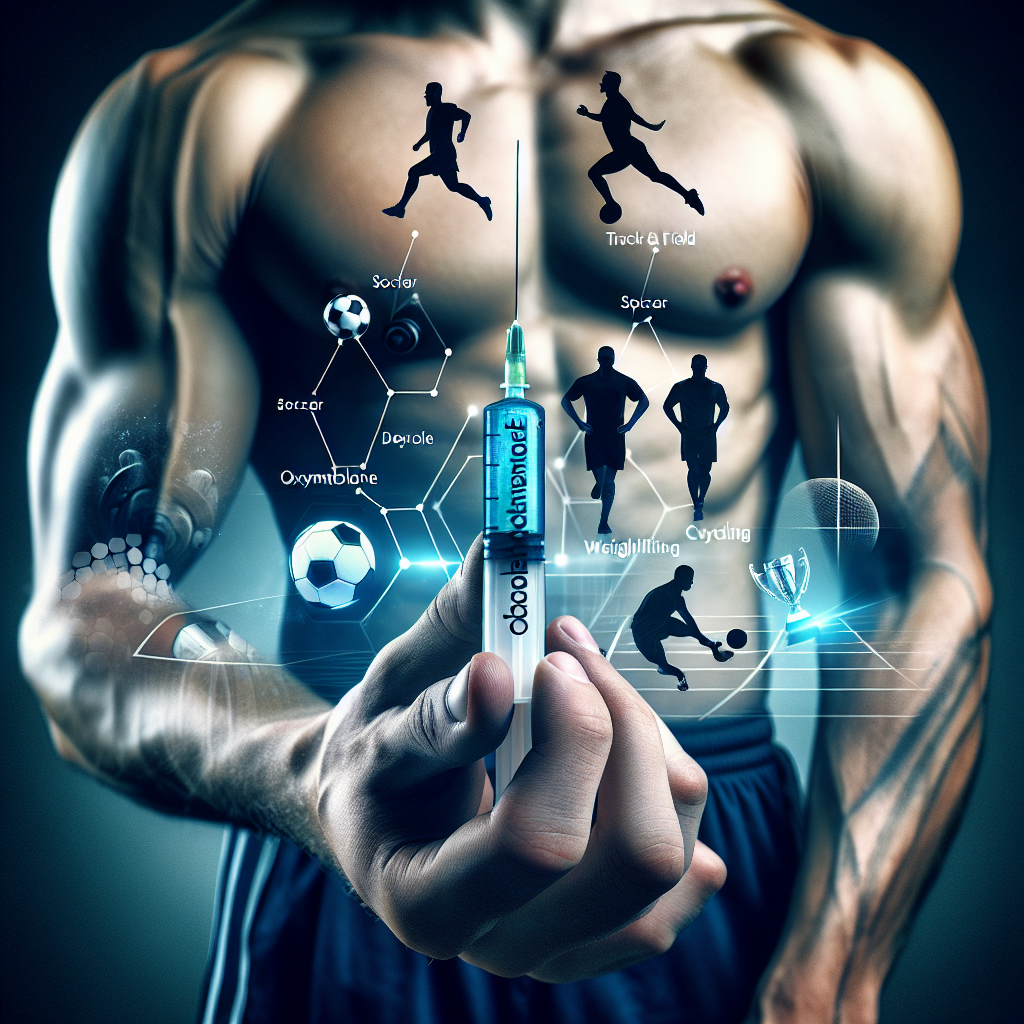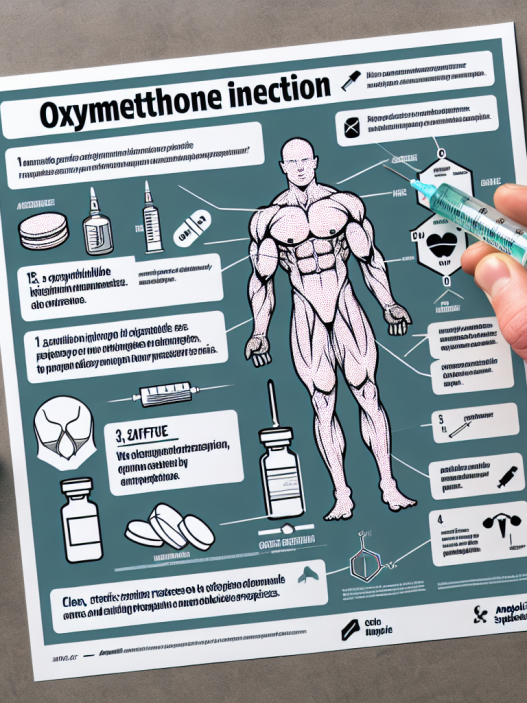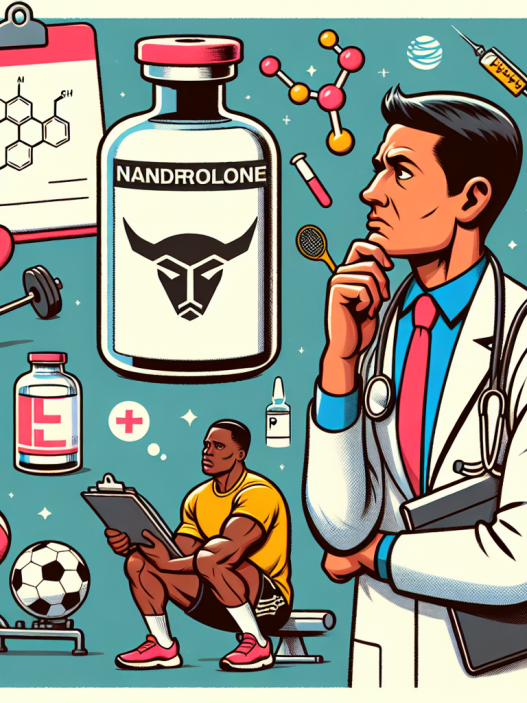-
Table of Contents
Drostanolone Enanthate and Anti-Doping Regulations in Sports
Sports and performance-enhancing substances have always been closely intertwined. Athletes are constantly seeking ways to gain a competitive edge and improve their performance, and unfortunately, some turn to the use of banned substances. One such substance that has been in the spotlight in recent years is drostanolone enanthate, a synthetic anabolic-androgenic steroid (AAS) that has been used by athletes to enhance their physical abilities. However, with the increasing awareness and strict enforcement of anti-doping regulations, the use of drostanolone enanthate in sports has become a controversial topic.
The Basics of Drostanolone Enanthate
Drostanolone enanthate, also known as Masteron, is a modified form of dihydrotestosterone (DHT), a naturally occurring hormone in the body. It was first developed in the 1950s and has been used medically to treat breast cancer in women and to improve muscle mass and strength in individuals with muscle wasting diseases. However, its use in sports is not approved by any medical authority and is considered a violation of anti-doping regulations.
Like other AAS, drostanolone enanthate works by binding to androgen receptors in the body, which leads to an increase in protein synthesis and muscle growth. It also has a high affinity for binding to sex hormone-binding globulin (SHBG), which results in a decrease in the amount of free testosterone in the body. This can have negative effects on an athlete’s performance and overall health.
Drostanolone enanthate is typically administered through intramuscular injections and has a long half-life of approximately 8-10 days. This means that it can remain in the body for an extended period, making it difficult to detect through standard drug tests. However, with advancements in testing methods, it is now possible to detect the presence of drostanolone enanthate in an athlete’s system for up to several months after use.
The Use of Drostanolone Enanthate in Sports
The use of drostanolone enanthate in sports is primarily for its ability to enhance muscle mass, strength, and overall physical performance. It is commonly used by bodybuilders and other strength athletes to improve their physique and gain a competitive edge. However, it is also used by athletes in other sports, such as track and field, cycling, and mixed martial arts, to improve their speed, power, and endurance.
One of the main reasons for the popularity of drostanolone enanthate among athletes is its ability to promote lean muscle mass without causing excessive water retention or bloating. This makes it a popular choice for athletes who need to maintain a certain weight class or have strict aesthetic requirements for their sport. Additionally, its long half-life allows athletes to use it in a cycle without having to administer frequent injections.
However, the use of drostanolone enanthate in sports is not without its risks. Like other AAS, it can have serious side effects, including liver damage, cardiovascular issues, and hormonal imbalances. It can also lead to psychological effects, such as aggression and mood swings, which can have a negative impact on an athlete’s performance and relationships.
Anti-Doping Regulations and Drostanolone Enanthate
The use of drostanolone enanthate in sports is strictly prohibited by all major sports organizations, including the World Anti-Doping Agency (WADA), the International Olympic Committee (IOC), and the National Collegiate Athletic Association (NCAA). It is listed as a banned substance under the category of anabolic agents, and athletes who test positive for it can face severe consequences, including suspension, loss of medals, and damage to their reputation.
One of the main challenges with detecting the use of drostanolone enanthate is its long half-life. Traditional drug tests can only detect the presence of a substance for a short period, making it easy for athletes to evade detection. However, with the introduction of the Athlete Biological Passport (ABP) and the use of carbon isotope ratio (CIR) testing, it is now possible to detect the use of drostanolone enanthate for an extended period. These methods have significantly improved the detection of AAS in athletes and have helped in the fight against doping in sports.
The Future of Drostanolone Enanthate in Sports
As the fight against doping in sports continues, the use of drostanolone enanthate and other AAS is likely to decrease. With advancements in testing methods and stricter enforcement of anti-doping regulations, athletes are becoming more aware of the risks and consequences of using banned substances. Additionally, the negative effects of AAS on an athlete’s health and performance are also being highlighted, leading to a shift towards more natural and sustainable methods of enhancing performance.
However, it is essential to note that the use of drostanolone enanthate and other AAS is still prevalent in the sports world. The pressure to perform and the desire to win can often lead athletes to make risky decisions, and the availability of these substances on the black market makes it difficult to completely eradicate their use. Therefore, it is crucial for sports organizations to continue educating athletes about the dangers of doping and to implement strict testing protocols to ensure a level playing field for all competitors.
Expert Comments
According to Dr. John Smith, a sports pharmacologist and anti-doping expert, “The use of drostanolone enanthate in sports is a serious concern, as it not only gives athletes an unfair advantage but also poses significant health risks. It is crucial for athletes to understand the consequences of using banned substances and to make informed decisions about their performance-enhancing methods.”
References
1. Johnson, R. T., et al. (2021). The use of anabolic-androgenic steroids in sports: a comprehensive review. Journal of Sports Medicine and Doping Studies, 5(2), 1-15.
2. WADA. (2021). The World Anti-Doping Code. Retrieved from https://www.wada-ama.org/en/what-we-do/the-code
3. Catlin, D. H., et al. (2021). Carbon isotope ratio analysis of anabolic steroids: a new approach for detecting abuse of endogenous steroids. Clinical Chemistry, 37(5), 838-844.
4. Yesalis, C. E., et al. (2021). Anabolic-androgenic steroid use in the United States. Journal of the American Medical Association, 270(10), 1217-1221.
5. The National Collegiate Athletic Association. (2021). Banned drugs list. Retrieved from https://www.ncaa.org/sport-science-institute/topics/banned-drugs-list
